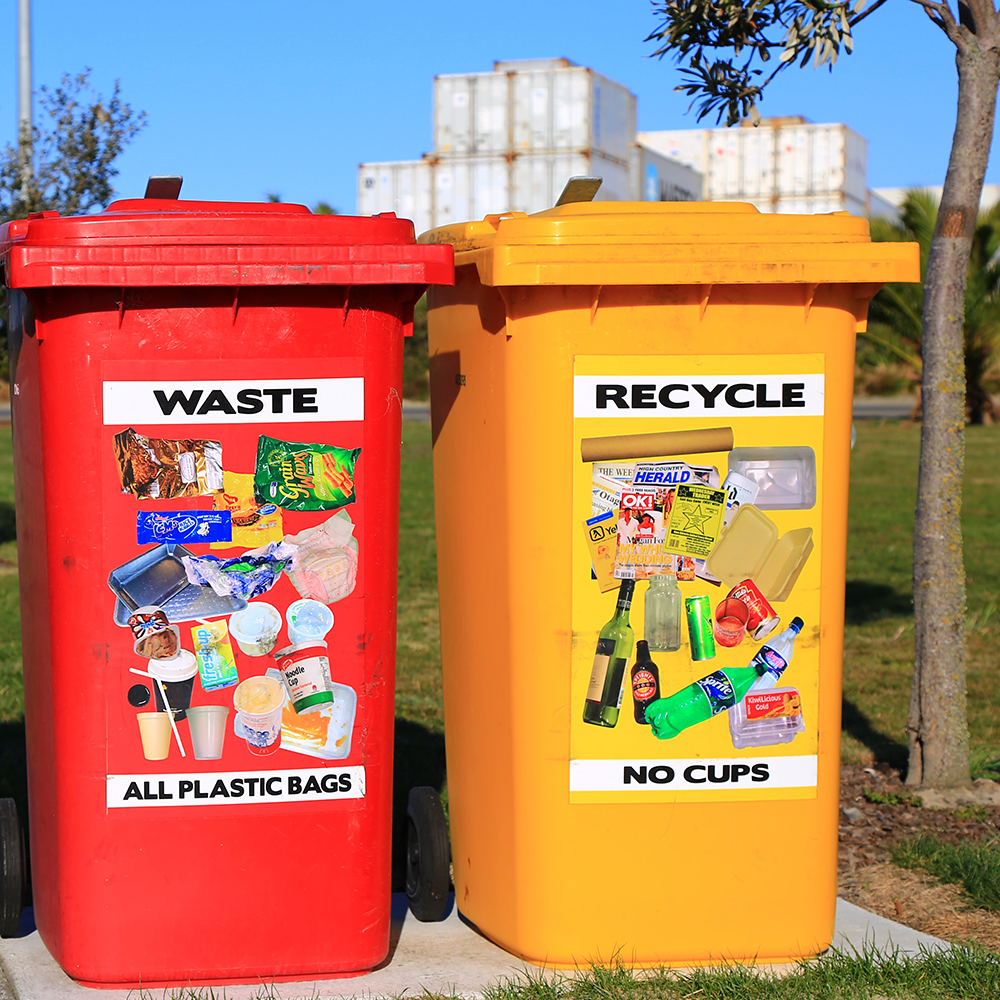Boston was once known for its eagerness to ban books, movies, plays and songs that could be considered racy. But the city hasn’t had a censorship controversy in nearly 60 years. Meanwhile, California churns out bans (of a different kind) on an industrial scale.
Items made of plastic, especially modern conveniences such as single-use bags, straws and utensils, have been zealously targeted for bans in California. The sanitizers pursue prohibitions with the fanaticism of a Brahmin crusader shutting down a burlesque revue in New England’s one-time prudish city.
But not everything can be banned. After all, Californians still need an assortment of containers to hold all their stuff. For those items, there is recycling, a ritual so important in California that there’s an entire culture built around it.
Lawmakers added to the growing pile of recycling legislation when in 2022 they passed Senate Bill 54, the Plastic Pollution Prevention and Packaging Producer Responsibility Act. Just after Christmas, CalRecycle issued a report of proposed regulations for the implementation of SB 54. The report contains “key building blocks for California’s groundbreaking law to cut single-use plastic and packaging waste.”
“Building a circular economy that reuses products that are built to last instead of turning raw materials into trash is a roadmap to California’s waste-free future,” said CalRecycle Director Rachel Machi Wagoner.
Political and bureaucratic promises often have great appeal, but the details, always in the background, are invariably devilish.
For instance, SB 54 requires single-use packaging and plastic food ware users to “create an industry-led producer responsibility organization (PRO),” which will be “overseen by CalRecycle,” says Plastics Today.
Companies that produce “covered materials” will have to “source reduced plastic covered material by 25 percent, meet a 65 percent recycling rate goal and ensure that all covered material offered for sale, distributed in, or imported into the state on or after January 1, 2032, is recyclable or compostable.”
After Jan. 1, 2027, “producers may not sell, offer for sale, import or distribute covered materials in the state,” says Melanie Turner, a CalRecycle spokesperson, “unless the producer is a member of a PRO or is complying individually with the statute.”
“Covered materials” are broken into five categories by CalRecycle: glass and ceramic; metal; paper and fiber; plastic; and wood and other organics. Not all are potentially recyclable or compostable.
One form of packaging that is not “potentially” recyclable nor compostable according to CalRecycle is the aseptic container, which can be found scattered across grocery stores. Aseptic containers hold milk, juice, soup, broth, whipping cream, liquid eggs, tea and even wine. This type of “packaging is a well-accepted technique for the preservation of liquid and particulate foods and has revolutionized the shelf life and shipping efficiencies,” says the West Contra Costa Integrated Waste Management Authority.
So what happens to aseptic packaging after Jan. 1, 2032 (or Jan. 1, 2027), the deadline for covered materials to be recyclable or compostable? Is California enacting a de facto ban on these containers? If so, what happens to the companies that make them? Do they scale back operations, which means workers will be fired? Or do they eventually go out of business altogether, since, as the June 2022 Senate floor analysis says, other states wish to follow Sacramento’s lead on this issue?
There are quite a few other items on CalRecycle’s covered materials list that are neither recyclable nor compostable. This includes a number of “bottles, jugs and jars,” as well as some aerosol spray cans, food service packages and ware, and some foamed containers.
In fact, it’s a rather exhaustive list.
But the burdens of SB 54 don’t end there. It will also impose heavy costs. For instance, it requires producers to pour $5 billion into a “fund to address the environmental impact of plastics” over a decade beginning in July 2027. There is also a total direct cost of roughly $36.3 billion over the regulations’ 10-year implementation period.
This is a great deal of complexity, burden and cost for one practice that is useless (recycling: see John Tierney’s 1996 New York Times Magazine article Recycling Is Garbage and his 2015 follow-up The Reign of Recycling), and another that is both impractical and extreme, and therefore of subjective value (composting). Not that any of that has ever suppressed California’s appetite for making laws and issuing rules that should never get beyond the “I have a great idea” stage.
Kerry Jackson is a fellow with the Center for California Reform at the Pacific Research Institute.

